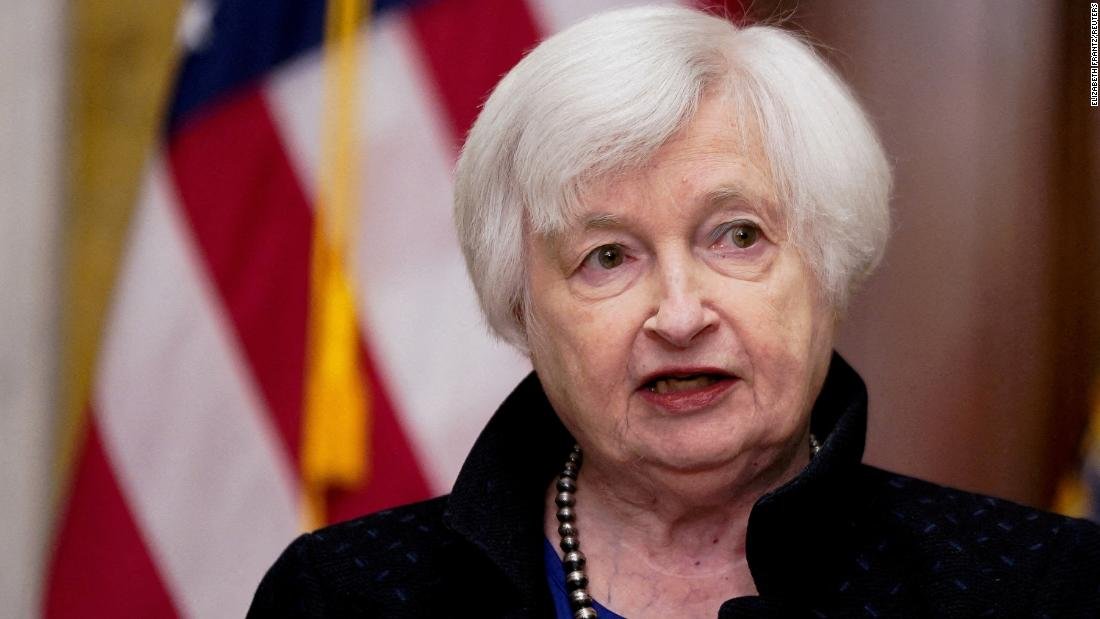

Despite its strict policies, the country is fairly open to foreign trade, which represented 37% of its GDP in 2022 (World Bank, 2023). Economic and Trade Working Group (ETWG): expert level discussions.Thanks to its enormous trade surplus over the past few years, China has become the world's largest exporter and ranks second among the world’s largest importers.Trade and Investment Policy Dialogue: meeting at director-general level, and.Joint Committee on Trade: annual ministerial-level meeting.EU-China High Level Economic and Trade Dialogue (HED): an EU vice-president and the Chinese Vice Premier meet to discuss issues accompanied by EU commissioners and Chinese ministers.Annual EU-China Summit: presidential-level exchange on enhancing policy coordination on a number of issues, including trade.The EU and China discuss policies and issues regarding trade and investment in a range of dialogues:

The latest available data on investment between the EU and China.The EU's work on planned autonomous measures in areas such as subsidies or due diligence continues as a matter of priority.Ĭhina has agreed to provisions on sustainable development, including commitments on climate and forced labour.īoth sides agreed to continue negotiations on investment protection and investment dispute settlement, to be completed within two years of the signature of the agreement. The rules negotiated in the CAI set a high benchmark in terms of transparency, a level playing field, market access commitments and sustainable development. These commitments cover state-owned enterprises, transparency of subsidies, and rules against forced technology transfer. In the agreement, China commits to ensuring fairer treatment for EU companies in China, allowing them to compete on a more level playing field. The agreement grants EU investors a greater level of access to China’s market. On 30 December 2020, the EU and China concluded in principle the negotiations on the Comprehensive Agreement on Investment (CAI). Negotiations for the Investment Agreement began in 2013. The EU-China Investment Agreement is central to the EU’s long-term bilateral relations with China. It calls for ambitious engagement from China at multilateral levels. It also refers to problems of over-capacity. The strategy includes a strong focus on improving market access opportunities. The EU’s engagement with China on trade is guided by the 2019 EU Strategic Outlook, which promotes reciprocity, a level playing field and fair competition. poor enforcement of intellectual property rights.This means that state-owned firms are in a dominant position with unequal access to subsidies and to cheap financing, and strong government intervention in the economy.Industrial policies and non-tariff measures that discriminate against foreign companies.While China has made progress and continues to liberalise various non-sensitive industries, problems remain: When China joined the WTO in 2001, China agreed to reform and to liberalise significant parts of its economy.


 0 kommentar(er)
0 kommentar(er)
